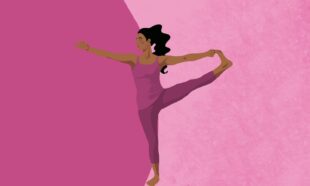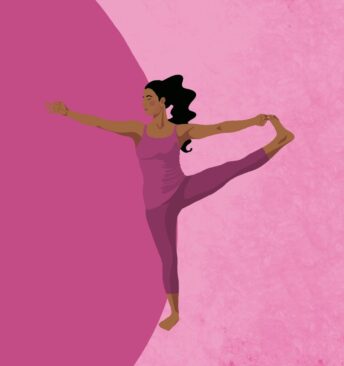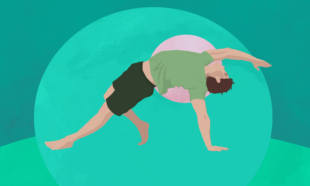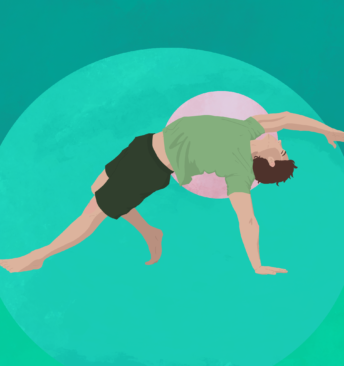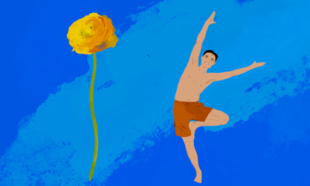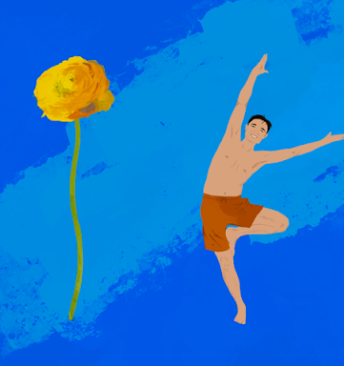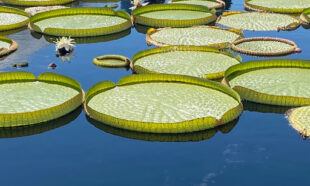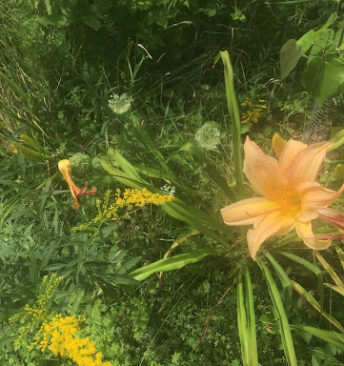Rebirth and Renewal
Rebirth and Renewal
Savasana and the importance of its integration

Taking in the sunset and watching the colors fade to dusk can be a grounding end to any day. Photo by Zoe Chan.
Congratulations on all your progress this month! You’ve done a lot of work in August, Sui Yoga’s month of growth, diving deep inside your mind and heart to discover what it is you intend to transform. In the second week of August, you practiced mindfulness and confronted uncomfortable feelings and thoughts with compassion. In the third, you learned strategies for building resilience when the journey seems unbearable and acknowledged your inner strength. If you’ve been participating in the 21-Day Transformation Challenge, you’ve been showing up for your physical, mental, and emotional transformation consistently, which is perhaps the most important practice for cultivating change. In this last week of Sui’s month of transformation, we will highlight an essential part of any big journey, which is often overlooked: rest and integration.
Just like how each class at Sui Yoga closes with savasana, we will explore this pose’s significance and the concept of integration for this final week of August.
What is Savasana?
Savasana, which translates literally to “corpse pose” and is the perfect reflection point for this week’s theme of rebirth and renewal. According to one of the earliest references of savasana in the 15th-century yoga text, Hatha Yoga Pradipika, “Lying on the ground, like a corpse, is called savasana. It removes fatigue and gives rest to the mind.” This is a good opportunity to give yourself the chance after all of that physical exertion and to do a body scan. It is also described as a way to integrate all the heat your body generates during the yoga practice. Physiologically, savasana is also a great relaxing pose as it requires no muscle engagement. According to Yogapedia, relaxing in a neutral position in corpse pose allows the Prana, life force energy, to flow freely.
Savasana also has a grounding quality, as the entire length of the body is in contact with the ground, stimulating the muladhara, or root chakra, helping to cultivate inner stillness. While it may seem simple and purely relaxing on the surface, Savasana can be challenging if you have a very active mind or frequently adjust your position. It can be surprisingly difficult to do “nothing”! Yoga in general can help balance the body’s energetic polarity, according to this blog post on Hridaya Yoga, and Savasana is a great antidote to an obsession with productivity.
Ironically, taking Savasana can benefit your productivity as similar moments of relaxation are important for your brain’s functioning.

Swami Vishnudevananda demonstrating savasana. Source: Sivananda Ashram Yoga Farm.
The Importance of Downtime and Integration
I used to compete in chess tournaments where playing a game for four hours straight was the norm – quite a feat for a bunch of pre-teens! Occasionally, I would notice some players get up and walk around the ballroom where all the matches were held amidst a sea of long tables. I understood they were taking a break from intensely focusing on the checkerboard, simply gazing and wandering around the space. In high school, I had a teacher who frequently touted to us that “less is more” and “boredom is good for you”, but as ambitious teenagers, we didn’t want anything to do with it. I still don’t fully understand this wisdom, but science shows that moments of downtime are indeed beneficial for our brain’s health and functionality.
During the day, you take in a lot of data – emails, phone calls, text messages, cars honking, traffic lights flashing, social cues and body language . This can lead to a kind of “cerebral congestion” described in this Scientific American Article. Even when you’re at home relaxing, research shows that the brain does not slow down or stop working. Instead, it continues performing a variety of processes, some that happen exclusively when we sleep that are essential for our long term health and learning. Overall, downtime restores the brain’s levels of attention and motivation, supporting productivity and creativity.

We can probably learn a lot about rest from our pets. Photos by Zoe Chan.
What is Downtime?
In her TED talk, Maria Cano,an MBA Candidate at Stanford Graduate School of Business with a background in Cognitive Neuroscience, explains the concept of downtime beautifully. According to studies, every time our brain switches tasks, it burns oxygenated glucose at a higher rate than usual. This is the same energy source that our brain needs to learn, remember, and focus. Consequently, when you have a day packed with back-to-back activities, your brain depletes its fuel more rapidly. This highlights why downtime is so important.
As Cano describes, downtime is unstructured time with no particular goal in mind and no targeted focus of attention. This is crucial because it means that scrolling through Instagram, listening to music, watching Netflix, and even meditation don’t qualify as downtime.
The Benefits of Downtime
When you engage in downtime, your mind is free to wander and make unexpected connections and to come up with new ideas. Have you ever come up with a brilliant idea in the shower or only remembered something after you stopped racking your brain for the answer? In fact, I recalled this interesting Ted talk after waking up from a nap! Beyond processing information and reflecting on the past and future, downtime is also key to developing a sense of self and understanding others’ perspectives – factors crucial for living and thriving in society. Lastly, downtime allows for the process of integration to occur. This is what connects the dots between all the pieces of information swirling around in your brain and leads to “ah-ha” moments and epiphanies.
How to Integrate More Downtime Into Your Life
So, how can we bring more of the benefits of downtime into our busy lives? Cano suggests avoiding picking up your phone during those 15 minute gaps between meetings. I like to stay phone free while waiting for the subway – a task that is surprisingly hard but helps me feel less rushed. What’s most important, Cano says, is that you find what works for you in your personal routine – whether it’s taking walks, cleaning, or my personal favorite, drinking tea and looking out the window. Experts also recommend tasks such as vacuuming, organizing, and doodling (remember those adult coloring books?). Whatever method you choose, the key is that it should have no specific goal or target of attention.
Another great way to practice downtime is by taking a Sui Deep Yin or Sonic Deep yoga class. These classes offer plenty of moments to reflect on and integrate all of the changes you experienced throughout the month. And just as savasana can be the final pose or a way to start your practice with a calm mind and body, this week does not have to be the end to your transformation but can instead signify a new beginning.

Thank you for coming to my TED Talk.


